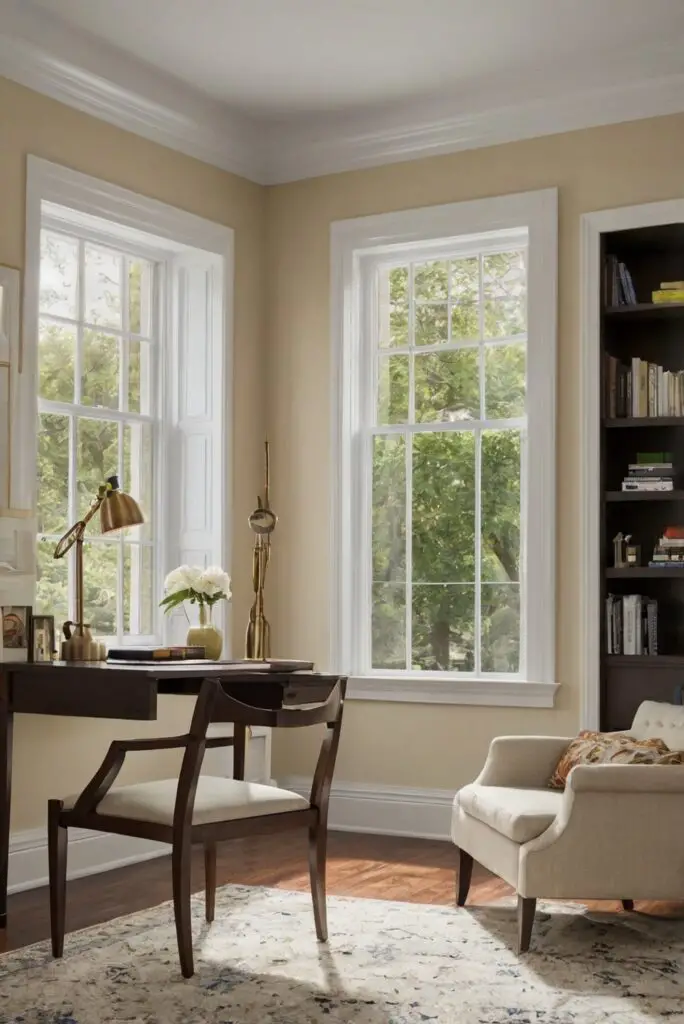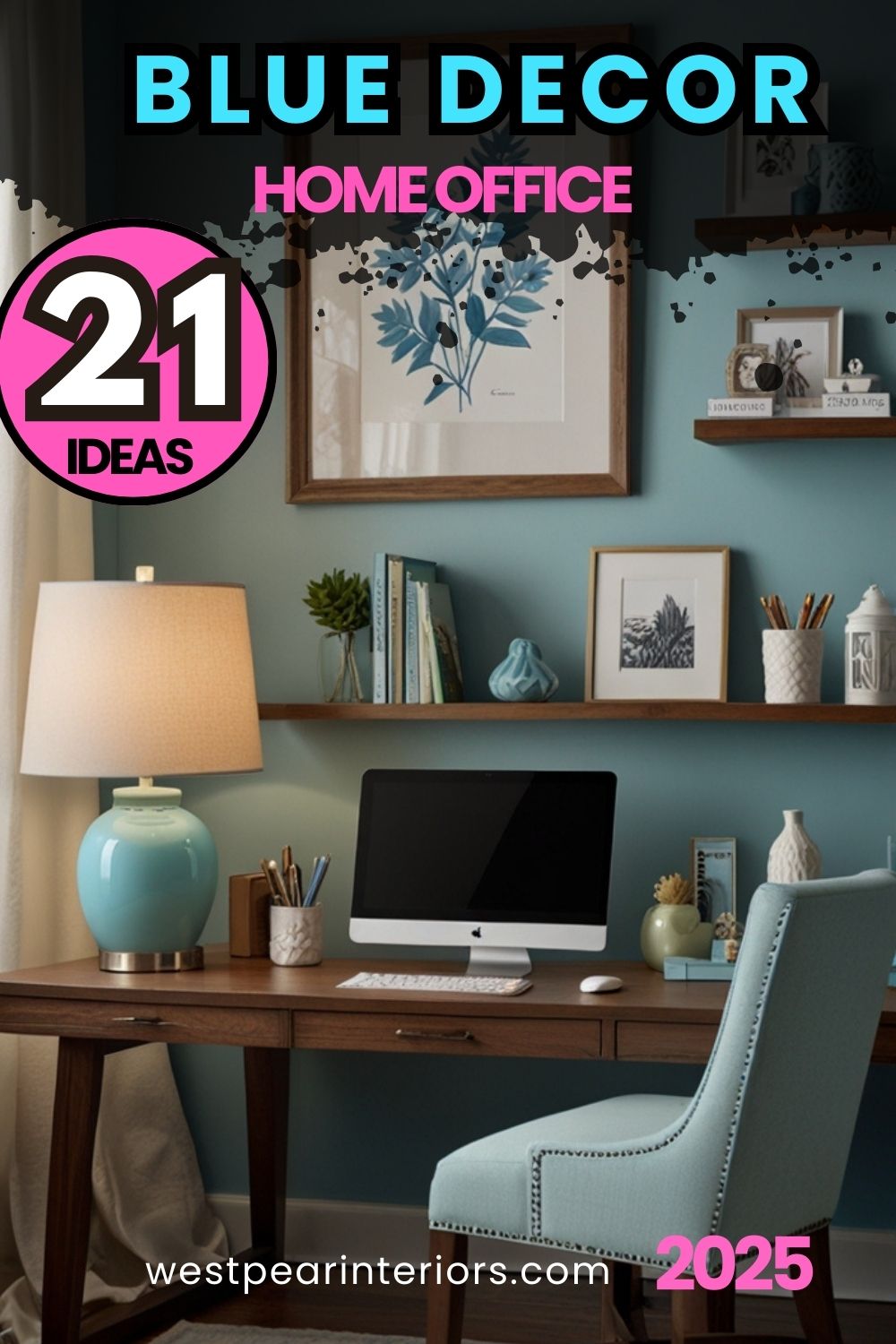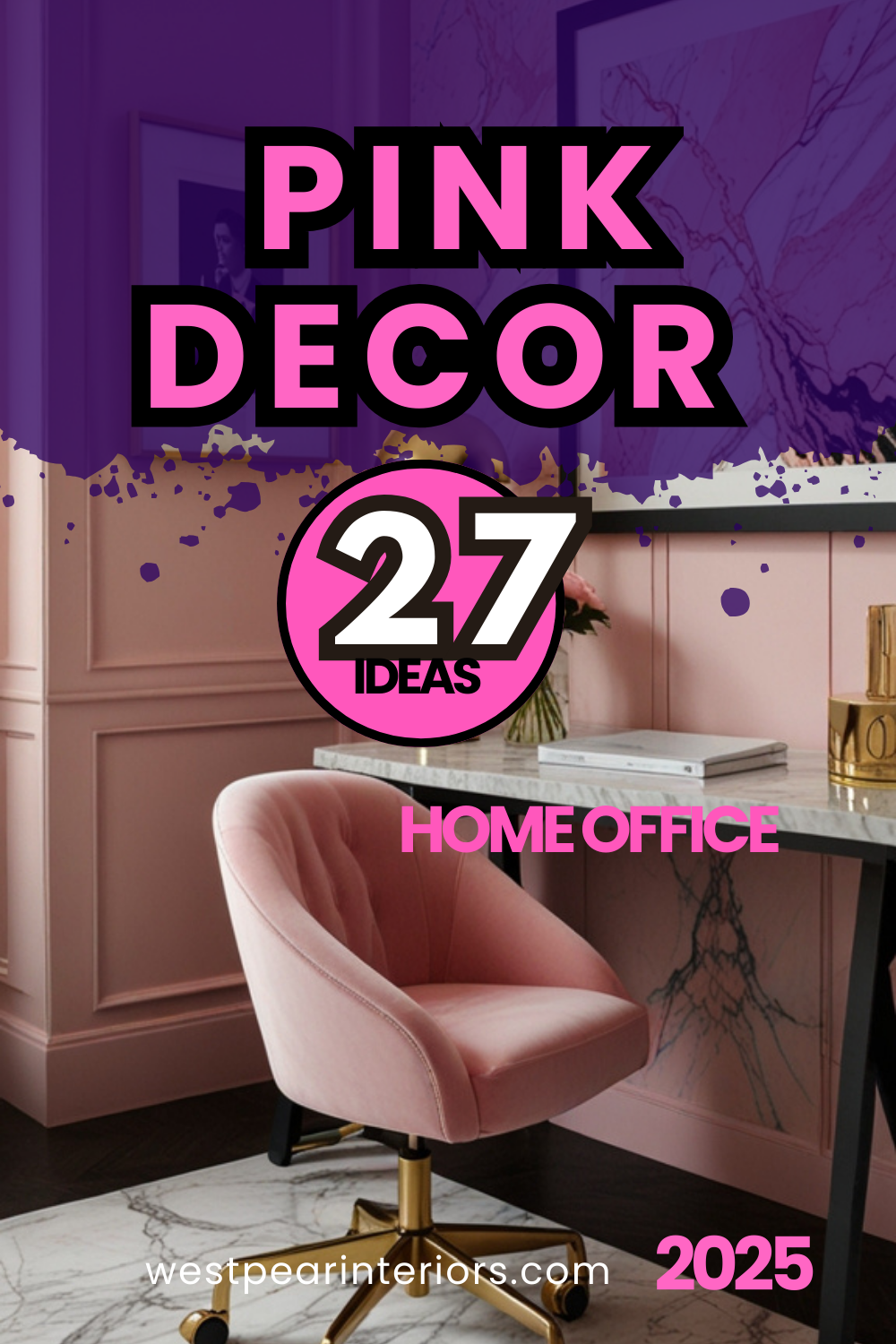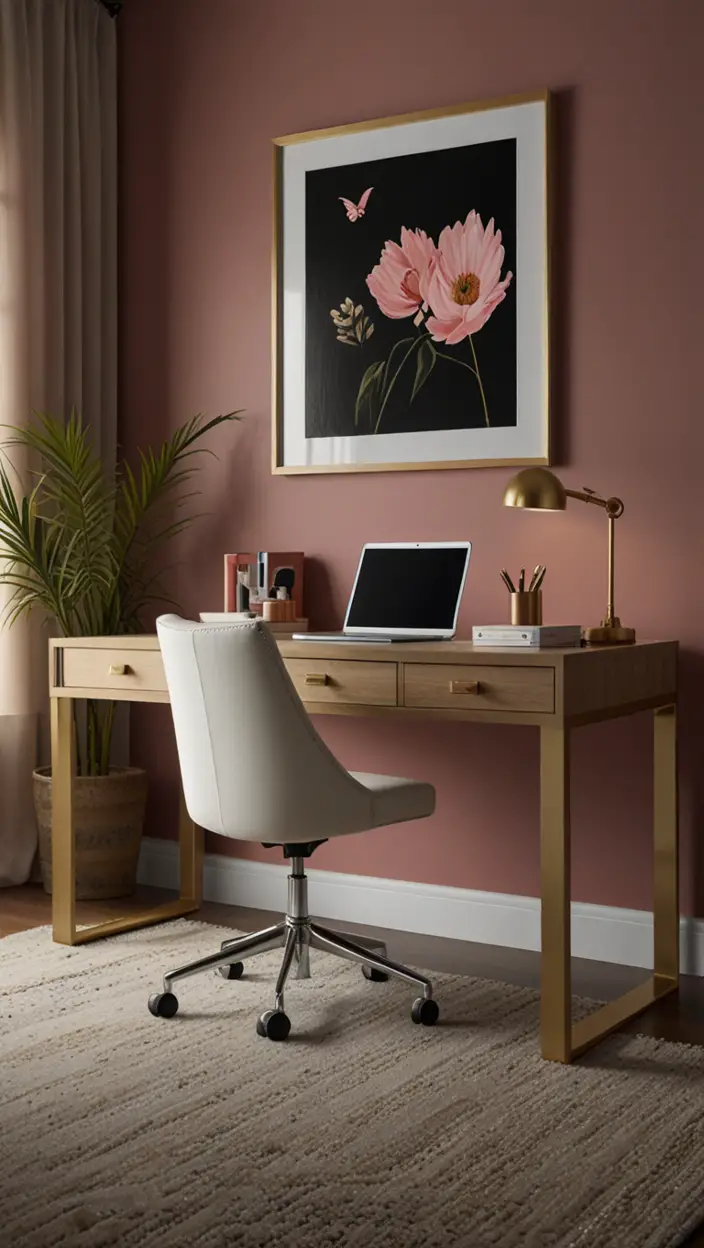Discover how choosing between traditional and modern color schemes can transform your home office ambiance. Dive in for expert design tips!
For a home office, I prefer a modern color scheme. Modern color schemes often include neutral tones such as white, grey, or beige with touches of bold colors like navy blue or emerald green for a pop of vibrancy. These colors create a sophisticated and energizing work environment. When selecting colors for your home office, consider the size of the space and the amount of natural light it receives to ensure the colors you choose complement the room. To maintain an organized and cohesive look, opt for a consistent color palette throughout the office. Incorporating a mix of textures and materials can add depth and visual interest to the space. Additionally, proper space planning is crucial to maximize functionality and productivity in your home office.
When designing a home office, the color scheme plays a crucial role in creating the right ambiance and setting the tone for productivity. Whether you prefer a traditional or modern color scheme, each choice reflects your personal style and work preferences. Let’s delve into the popular traditional and modern color schemes for home offices, how to incorporate them, and why organization is key in color selection.
My Lovely Spring Paint for 2025
Ready for a Spring Makeover? Explore the Freshest 2025 Paint Trends!
White Sage/Green SW Pistachio green Soft blue Honeysweet/Orange Pink Sugar Sage Tint BMAs an Amazon Associate, I may earn a commission from qualifying purchases at no extra cost to you.
**Popular Traditional Color Schemes for a Home Office:**
In a traditional home office, classic color schemes are often preferred to create a warm and sophisticated environment. Earthy tones like beige, taupe, olive green, and navy blue are commonly used. These colors provide a sense of stability and timelessness, perfect for a traditional setting. It’s essential to incorporate rich woods and traditional furnishings to complement these classic color choices.
**Incorporating a Modern Color Scheme:**
For individuals leaning towards a modern color scheme in their home office, consider experimenting with bold and vibrant colors. Shades of gray, white, charcoal black, or even a pop of color like teal or mustard can add a contemporary touch. Modern home offices often feature minimalist decor, sleek furniture, and clean lines to complement the chosen color palette.
**Modern Colors for Home Office Decor:**
Modern home office decor tends to include neutral colors like white, gray, or black as the primary base. These colors create a clean and uncluttered aesthetic, promoting a sense of focus and clarity in the workspace. Accents in vibrant colors such as red, yellow, or blue can be added to inject energy and creativity into the modern setting.
My fAV Spring DECOR for 2025
Discover Spring’s Best 2025 Decor Combinations – Perfect for Any Room!
Oversized Indoor Plants White Curved Sofas Rugs BOH Brown Cream Moroccan Hype Boho Rug Outdoor Patio Furniture Sets Topfinel Pillow CoversAs an Amazon Associate, I may earn a commission from qualifying purchases at no extra cost to you.
**Mixing Traditional and Modern Color Schemes:**
Mixing traditional and modern color schemes in a home office is entirely possible and can result in a unique and eclectic space. You can blend classic colors with contemporary accents to create a harmonious balance between the two styles. For example, pairing a traditional wood desk with modern gray walls can offer a striking visual contrast.
**Choosing the Right Color Scheme Based on Decor:**
When selecting a color scheme for your home office, consider the existing decor and furniture pieces in the room. Harmonizing the colors of the walls, flooring, and furnishings is essential for a cohesive look. Natural light, room size, and the overall ambiance you wish to create should also influence your color choices.
**Alternative Paint Colors for a Modern Home Office:**
In addition to the standard neutral colors, consider exploring unconventional options like deep teal, moody charcoal, or soft blush for a modern touch. These colors can add depth and personality to your home office while still maintaining a contemporary feel. Experimenting with different shades and textures can elevate the overall design.
**Importance of Organization in Color Selection:**
Being organized is crucial when selecting colors for your home office to ensure a cohesive and visually appealing space. Create a mood board or color palette to visualize how different shades will complement each other. Consider the psychological effects of colors on productivity and mood to create a conducive work environment.
**Key Takeaways:**
– Traditional color schemes for home offices often feature earthy tones like beige and navy blue for a classic and warm ambiance.
– Modern color schemes in home offices focus on neutral tones like white and gray with pops of vibrant colors for a contemporary look.
– Mixing traditional and modern color schemes can result in a unique and visually appealing workspace.
– Consider the existing decor, furniture, and lighting when choosing a color scheme for your home office.
– Explore alternative paint colors like deep teal or charcoal for a modern twist while maintaining a professional feel.
By carefully selecting a color scheme that resonates with your style and work preferences, you can create a home office that inspires productivity and creativity. Experiment with different colors, textures, and furniture pieces to design a workspace that reflects your personality and enhances your efficiency. Remember, a well-organized color palette is the foundation of a harmonious and inviting home office environment.






